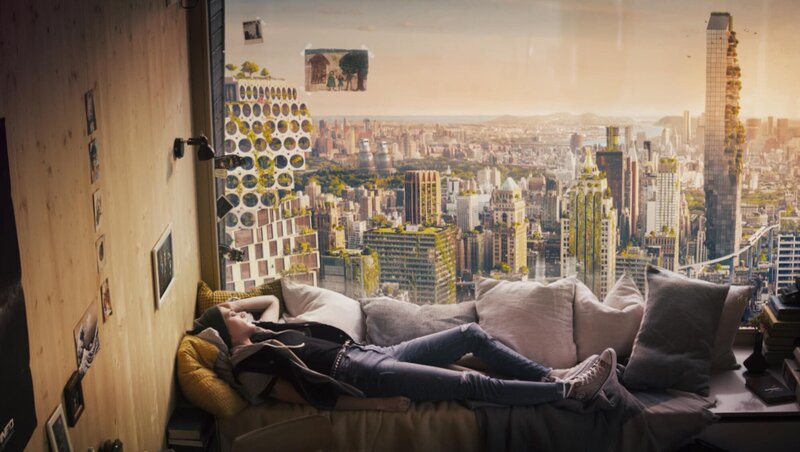OUR PURPOSE
The word "purpose" can be used to mean goal, aim or destination. Purpose answers the question of meaning. Why does Drees & Sommer exist - and what overriding task in the world does our company fulfill? In relation to our colleagues, it answers the question: What drives us? What meaning do we find in our work? And why do we get up every day and want to go to work?
UNITING OPPOSITES TO CREATE A WORLD WE WANT TO LIVE IN
Ecology and economy. Efficiency and comfort. Emotion and reason. Functionality and beauty. Analog and digital. What at first glance appear to be opposites, we unite to create a future worth living.
Together with our colleagues at Drees & Sommer, we are on our way to becoming a Beneficial Company - a company that gives more back to the environment and society than it takes.
Film: „THE BLUE WAY next exit“
We stand up every day to preserve the world for future generations through our sphere of influence. For our 50th anniversary in 2020, we have translated our purpose into a film. “The world is like a blank sheet of paper. What you can imagine, you can do...” The award-winning film tells the story of a young woman who dreams of a future worth living.

The story behind our purpose
At a time when ecosystems were still frowned upon or ridiculed (“They knit their own socks”) - in the early 1970s - Drees & Sommer had already embarked on what was then still a lonely path. We have always united apparent opposites in order to create a future worth living.
We gave this conviction a name early on: the blue way. Because blue is the color of sustainability.
Our purpose in projects: PlusEnergy and Cradle to Cradle®
As early as 1986, we developed a mathematical model that simulates the energy consumption of a building - right from the project definition stage. In 1992, we developed the eco-management system for Potsdamer Platz in Berlin. Reduced heat consumption, lower CO2 emissions and the use of ecological building materials were the measurable results. 20 years later, the DGNB (German Sustainable Building Council) certified Potsdamer Platz as the first existing quarter to be awarded silver.
We were also ahead of our time with the construction of our own administration building in 1999. In 2009, we received DGNB Gold in the New Construction category for the building, which was ten years old at the time. And with our PlusEnergy building OWP 12, which will open in 2021, we are also building the future - analog and digital. By combining various energy solutions such as geothermal energy, air heat and photovoltaics, the building generates more energy than it consumes in standard operation.
In order to implement innovative projects for a future worth living, we develop recyclable products for buildings. These can be easily dismantled at the end of a building's life and reused in the same quality. This means: building without waste. Cradle to Cradle® is the name of this design principle, which we were the first company to establish in the construction industry. What we do for our customers, we also do for ourselves. At the EXPO REAL trade fair, for example, we present ourselves with a Cradle to Cradle-inspired exhibition stand that produces no waste.
